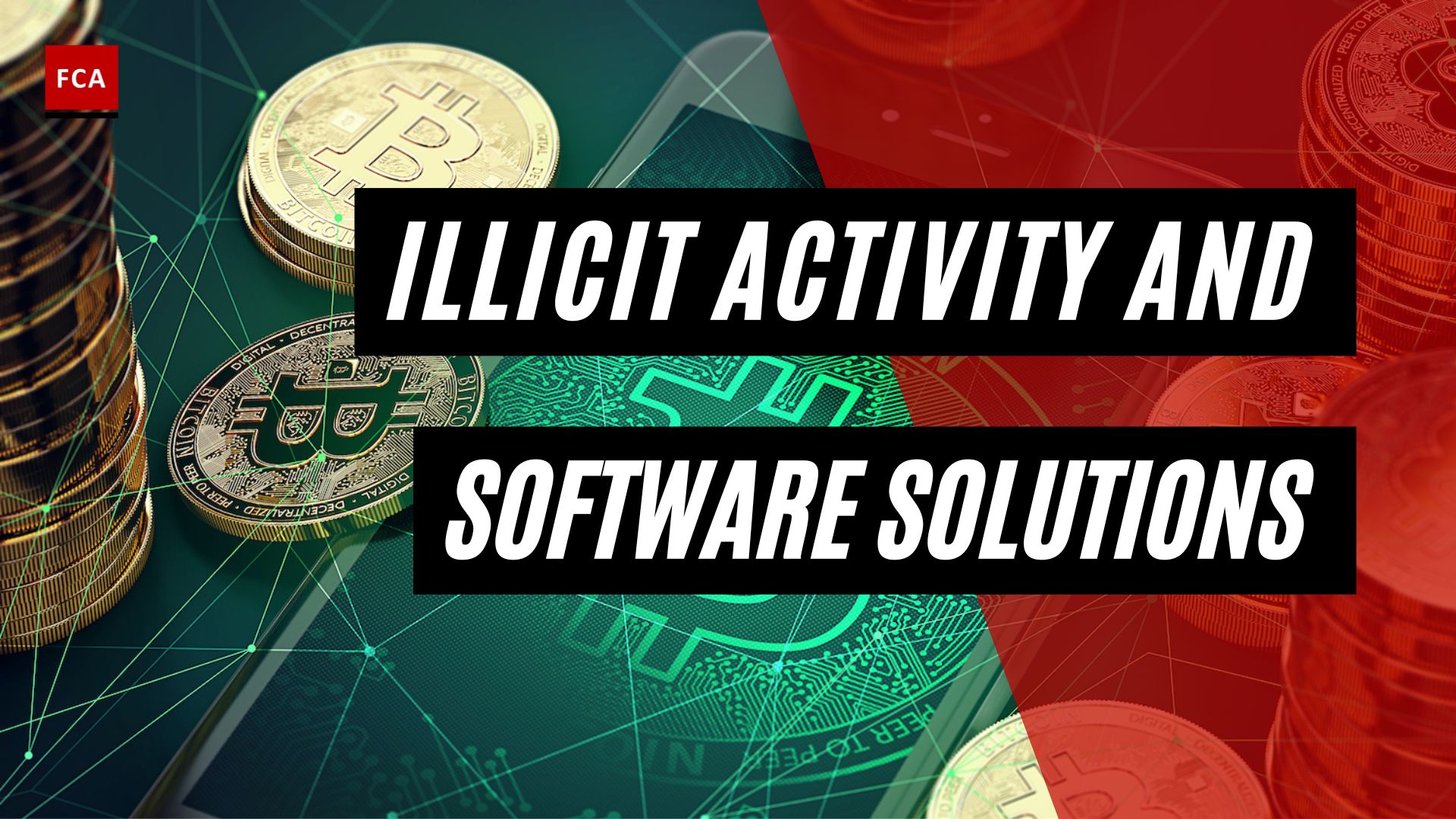Detecting red flags in cryptocurrency transactions involves keen observation of inconsistencies such as geographical mismatches between customer identification and IP addresses, suspicious user identifiers, numerous accounts managed by the same entity, and illogical volumes of cash transactions, all of which can help in identifying potential illicit financial activities.
Firstly, you might want to look for discrepancies between the submitted customer identification and the IP address. For example, if a user provides documentation on an account, indicating an address in the UK, and then all IP addresses associated with the customer’s activity are noted as being from Japan, you can count this as a red flag.
Secondly, suspicious IP addresses in conjunction with suspicious usernames, including nicknames or ICQ numbers, are another red flag that would help in the detection of potentially criminal money flows.
Thirdly, you also want to look at logins or logins attempted from the non-trusted IP address or from a user’s IP that was previously identified as associated with suspicious activity.

Detecting Red Flags
Now concerning the more financial risk indicators or red flags, let’s consider the following 4:
First of all, watch out for a large number of bank accounts or wallets held by the same administrator or by the same exchange. This can, of course, sometimes even happen in different countries and is an indicia for flow-through accounts, potentially indicating layering activity. Just to double-check this one, look if a business rationale for such a structure is available and makes sense.
Secondly, check if your cryptocurrency customer or if a cryptocurrency exchange is located in one country, but holding their accounts and wallets in other countries, where they do not appear to have a reason for being. In addition, look for unexplained business rationales that could be suspicious.
Thirdly, be wary of the back-and-forth movement of cryptocurrency funds between bank accounts held by different customers or virtual currency exchange companies located in different countries. This may also be indicative of layering activity in case it does not fit the business model.
Last but not least, check if the volume and frequency of cash transactions, which might sometimes be structured below reporting thresholds, conducted by the owner of a cryptocurrency wallet make economic sense.

Final Thoughts
Navigating the complexity of cryptocurrency transactions requires vigilant monitoring for red flags that could indicate money laundering activities. Whether it be discrepancies between a customer’s identification and their IP address, suspicious usernames, unexplained business rationales, or unusual patterns of fund movement, it’s crucial to remain attentive to these signs. A holistic understanding of these risk indicators, coupled with proactive steps towards robust security measures, can greatly help in mitigating the financial risks inherent in dealing with cryptocurrencies, ultimately fostering a more transparent and secure digital financial landscape.








